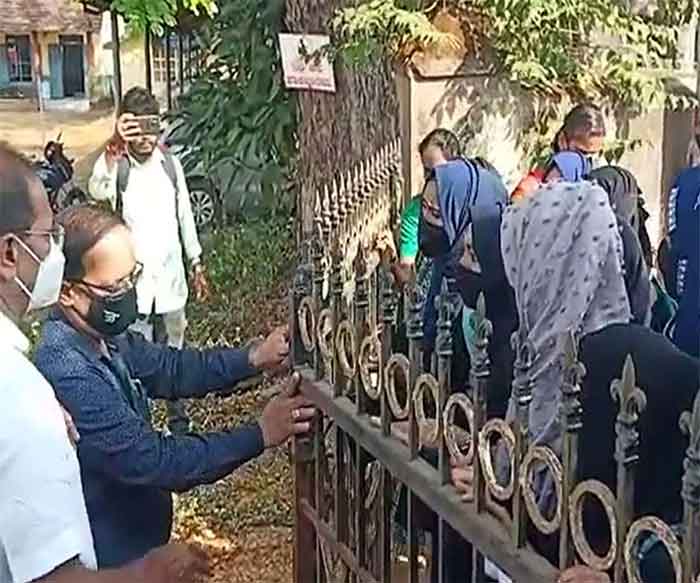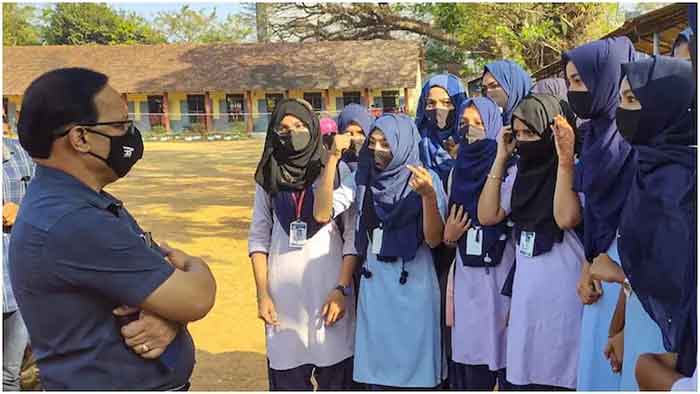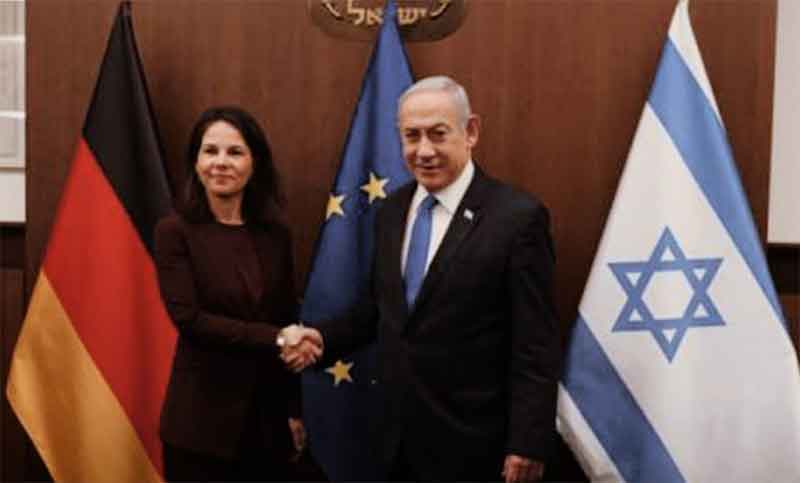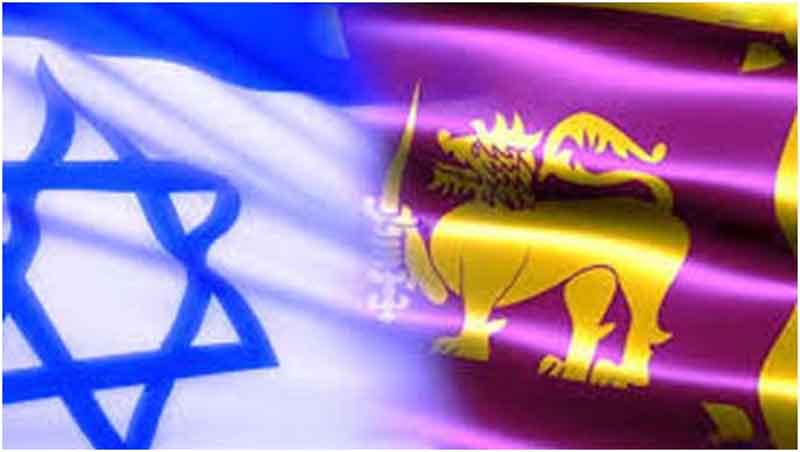National prerogative should be on minimizing social and economic inequalities instead of the current thrust on clipping cultural codes.
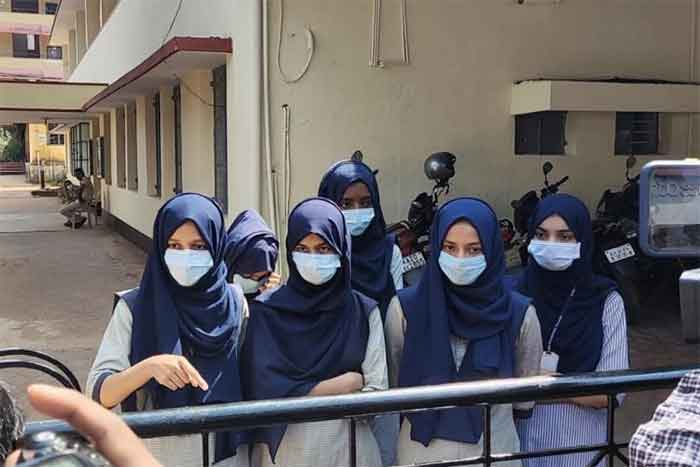
Dress Code – Uniformity and Inclusion in Educational Institutions
Barack Obama as President of the US in 2008 had flown to England to make an address to the world leaders of G-20 countries. President and First Lady Michelle Obama were also invited by Queen Elizabeth to Buckingham palace. Meanwhile, First Lady paid a visit to an academically outstanding secondary school in England- Elizabeth Garrett Anderson School- to address the students. She found the school pioneering on a promise of progress, rich in diversity with students from different cultural, ethnic, racial, linguistic backgrounds. She appreciates a sense of inclusion being fostered
with students of light and white skin, children of non-native and non-English speaking emigrant-parents and some girls in hijab, all of them built the beauty of an international institution named after first ever women mayor of England, Elizabeth. A ‘uniform’ dress code was being adhered to in a school functioning in a democratic country like ours, simultaneously finding a space for accommodating signs of pluralism visible through cultural symbols as well.
The above anecdote helps to figure out the dividing line between uniformity and inclusion of ‘uniform’, a dress code meaning of which has been getting diluted in definition and diverted to pursue Hindu-Muslim communal polarization in India at the behest of attempt to enforce it in one of the schools in the Indian state of Karnataka.
In fact, the soul of the system of uniform introduced in schools is to reduce the possible pain that might be meted out to socially or economically deprived fellow-students in the midst of wealthy and privileged classmates. But, it shall never deprive students the pleasure of understanding the diversities of the wider world through an inclusive prism of their own campus life and experiencing the exposure thereof, a message of pluralism well-embodied in the slogan ‘sab ka sath, sab ka vikas and sab ka vishwas’.
Optics of Inclusive India in a Globalized World?
Are we tarnishing our idea of pluralism and inclusion when we want to tear cultural differences at home and promote it in every Indian school operated abroad with the approval of foreign governments? How are we going to scale up our global aspirations and soft power grounded on the idea of unity in diversity, when we trail to accommodate at home the collective choice and voice of culturally distinct section of our ‘vasudaiva kutumbagam’?
A democratic government cannot afford to risk the international pride of a nation hatched in a digitally globalized India by being an onlooker of a call by institutions to standardize the whole of the collective differences in culture when the whole world is watching us, seeing and understanding the implications of exclusionist tendencies.
Cultural Polarization for Political Gains
India has been careful and cautious in formulating and following policies and practices to safeguard elements of diversity such as nativism, ethnicity, regionalism, language, caste, geography, climate etc. However, manipulation of the religio-cultural element of diversity has been pursued by a few for political profiteering, as the polarization dividend is easier to achieve. Such a profiteering plan attempts to surface religious identity into the mainstream discourse letting it override everything else including markers of social and economic inequalities.
Combating Social Injustice?
In order to build an egalitarian society, it is essential to get rid of the social barriers created by the caste system. Even the converted followers of Islam and Christianity are locked up in social ostracization caused by caste system. Efforts to reduce inequality through inter-caste marriages and inter-caste dining still cause aggravated forms of social embargo. This has endangered personal, political and professional aspirations of such outliers for want of social and cultural capital.
Similarly, gender injustice ought to have at least been arrested with the help of affirmative actions. The under-representation of vulnerable sections of the society including women in the greatest seat of judiciary, the Supreme Court of India even after 70 years of its founding is a case in point to pursue justice. Similarly, initiatives to enhance the participation of women in police forces even in States claiming to be egalitarian (for example, Kerala’s women still lag behind with a mere 7% in their representation in police forces), can be adopted as a pioneering project to compact social injustice.
Minimizing Economic Disparity?
On the economic development front, hunger and poverty are the challenging nemeses before good governance in India. Despite being self-sufficient in food production, India continues to rank low in the Global Hunger Index (GHI). It ranks India 101 among 116 countries in the world in 2021. India is in the ‘serious’ hunger category. Conversely, an estimated 736 million people live in extreme poverty as of 2015, of which half of the poor live in five countries, India being one among them, with majority of the poor in most regions being women. Hence, it is prudent for the policy makers to re-imagine economic plans in order to help all Indians achieve economic sovereignty against the milestones envisaged in the slogan -Sabka Sath and Sabka Vikas- instead of letting the leadership instinct run in the direction of the mob, who in fact chases ‘sab ka viswas’ causing clashes and conflicts.
Vicious Circle of Economic Deprivation and Conflicts
Several studies have observed that poverty persists in countries characterized by conflicts and clashes. Despite all these deprivation and disparities, it seems that we are actually in a race to look for creating new causes for carrying forward conflicts among communities and societies. That is, every social discourse is turned and tuned to become a communal one surrounded consistently by topics such as Hijab, beef consumption, Hindi/Urdu imposition, religious conversion etc. which will only aggravate economic deprivations which in turn seed conflicts.
Choice between a Polarizing vs Plural India
Hence, its high time that we as participants, partners and promoters of democracy understand the value of prioritizing the efforts to reduce economic inequalities and social injustices instead of getting hijacked by instincts of polarizing cultural homogenization. Or else, the slogan ‘sab ka sath, sab ka vikas and sab ka vishwas’ will appear merely as a semblance of an ‘inclusive India’ which even fans and followers of current government never allow it to pursue either within India or beyond its geographical borders, making our nation hide in hijab (veil) from the global glare.
Dr. Munirudheen A, Educator, Kerala State Civil Service Academy, Trivandrum, Formerly, Director, AI International College, Malappuram.

